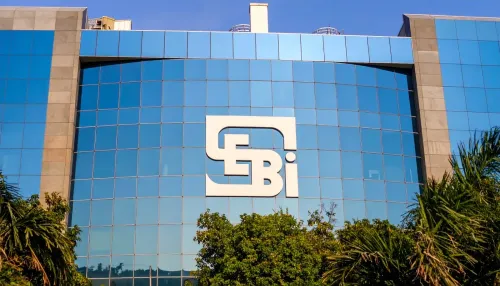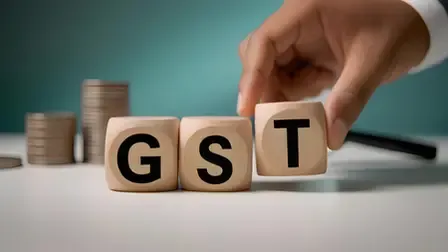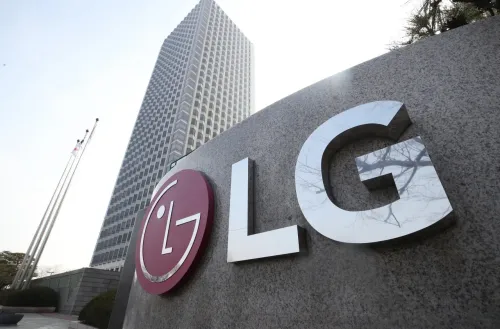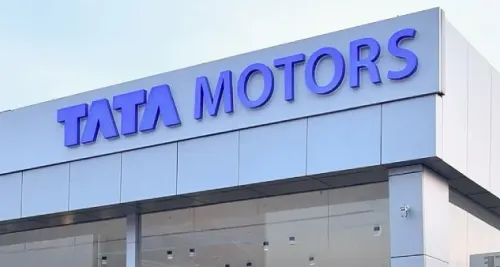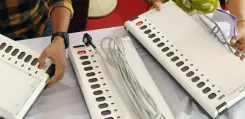How Will the GST Rate Restructuring Impact India's Pharma Market?
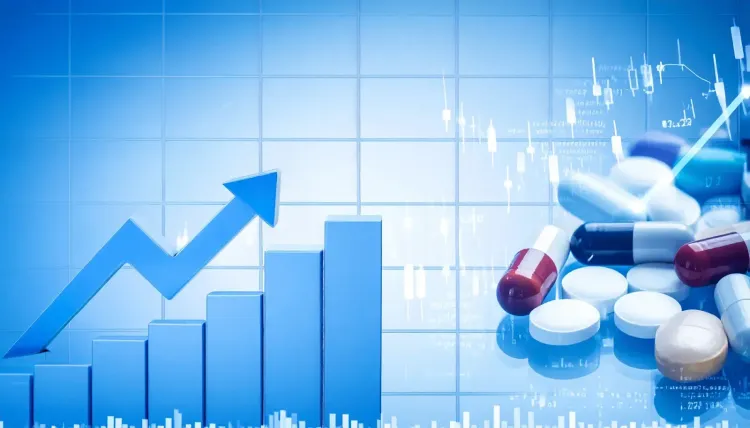
Synopsis
Key Takeaways
- GST rates for all medications reduced to 5%
- Nil GST on 36 life-saving drugs
- Pharma sector growth projected at 8.7%
- New rates effective from September 22
- Broader access in tier-2 and tier-3 cities
New Delhi, Sep 11 (NationPress) The recent overhaul of the Goods and Services Tax (GST) framework is poised to enhance the affordability and accessibility of life-saving medications and healthcare services, while also fostering growth in India's pharmaceutical market, as highlighted in a recent report.
In August, the pharmaceutical sector experienced a substantial 8.7 percent growth in value. The report emphasizes that the sector is on the brink of a significant transformation in terms of pricing, access, and patient volumes.
“The GST Council’s restructuring of tax rates within the pharmaceutical sector represents a major leap towards making healthcare more accessible,” stated Suresh Nair, Tax Partner at EY India.
“By slashing the GST on all medications from 12 percent to 5 percent and establishing a nil rate for 36 crucial life-saving drugs, there will be a notable reduction in patient expenses, thereby enhancing access to essential therapies,” Nair elaborated.
During the 56th GST Council meeting earlier this month, the government streamlined the indirect tax structure, reducing the previous four slabs to two by eliminating the 12 percent and 28 percent rates, while maintaining the 5 percent and 18 percent slabs.
Under the revised rates, life-saving medications, health-related products, and certain medical devices will experience a rate reduction from 12 percent/18 percent to 5 percent or nil.
Significantly, the GST rates for 33 cancer medications and rare disease treatments have been decreased from 12 percent to zero percent.
This initiative is anticipated to alleviate the financial burden on patients and increase demand for high-value therapies, particularly in the fields of oncology and rare diseases.
With the updated GST structure, the high costs associated with cancer and rare disease treatments, such as Roche’s Atezolizumab (Tecentriq), Obinutuzumab (Gazyva), Entrectinib (Rozlytrek), Risdiplam (Evrysdi), and Emicizumab (Hemlibra), are likely to become more affordable as they will now attract nil GST.
Additionally, cancer and rare disease therapies from Sanofi, Novartis, Johnson & Johnson, Takeda, GSK, Amgen, Bayer, and Boehringer Ingelheim will also see price reductions, thereby improving patient access, as reported.
The alterations to GST rates on services will take effect from September 22. Consequently, the industry is expected to recalibrate pricing strategies, broaden access programs, and investigate new market segments, particularly in tier-2 and tier-3 cities.

